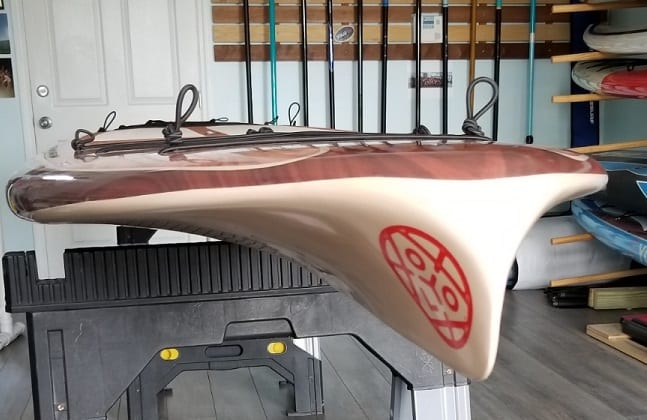Most people that buy from me are first time buyers and start the conversation with, “I’m a beginner and I don’t want to spend much money.” My response is, “you’re only a beginner for a short period of time and that if you buy the right paddle board the first time, you will spend less money in the long run.” What I mean by that is that standing up and balancing is easy along with just basic paddling. You can watch a few videos on YouTube and learn how to paddle like the pros. Danny Ching has a very easy to understand video on paddle stroke & technique.

So, let’s move onto the board. First, anyone thinking of buying a soft top, just stop reading this article, we are no longer friends. Moving on, things that you need to think about when choosing a board. Start with how much do you weigh in consideration to the rider weight limit for the board. If you weigh 180 lbs. and you get a board with a max of 190 lbs., I will tell you that it is not going to be good ride for you unless you plan on using it for surf sup. Make sure you are buying a board that can handle what you plan on putting on the board, such as a cooler, kid(s) or a dog. Also, not only consider your weight but how much does the board weigh? If you are a small person and trying to lift a 35 lb. board on to the top of an SUV, you might have an issue and damage your board while trying to transport it. Lighter is better and you may consider carbon fiber boards for decreasing the weight but they do cost more.
Longer is better… for speed. You will cover more distance per paddle stroke as opposed to a shorter board. You do have to consider storage for your board and if you are limited on space you might need a shorter board.
Planing vs Displacement Boards or just get a hybrid: Planing boards are the most common boards you see on the water. They use them for rentals and usually it’s a first timers board. Planing boards are easy to ride but are slower because there is more drag on the board compared to a displacement board. Displacement boards are narrow and fast. Water moves around the board creating less drag. Displacement boards are usually lighter, longer, narrower and faster than planing boards. Hybrids are the best of both worlds. They combine the displacement of a race board and the stability of a planing board. We call these boards “Touring” boards because you can put a lot of gear on the board and still travel at a faster speed than a planing board. These boards typically have tie-downs on the front, rear and mid-section of the board, and yes, tie-downs are important on recreational boards. My thoughts are, buy a Hybrid and you will have the best of both worlds.